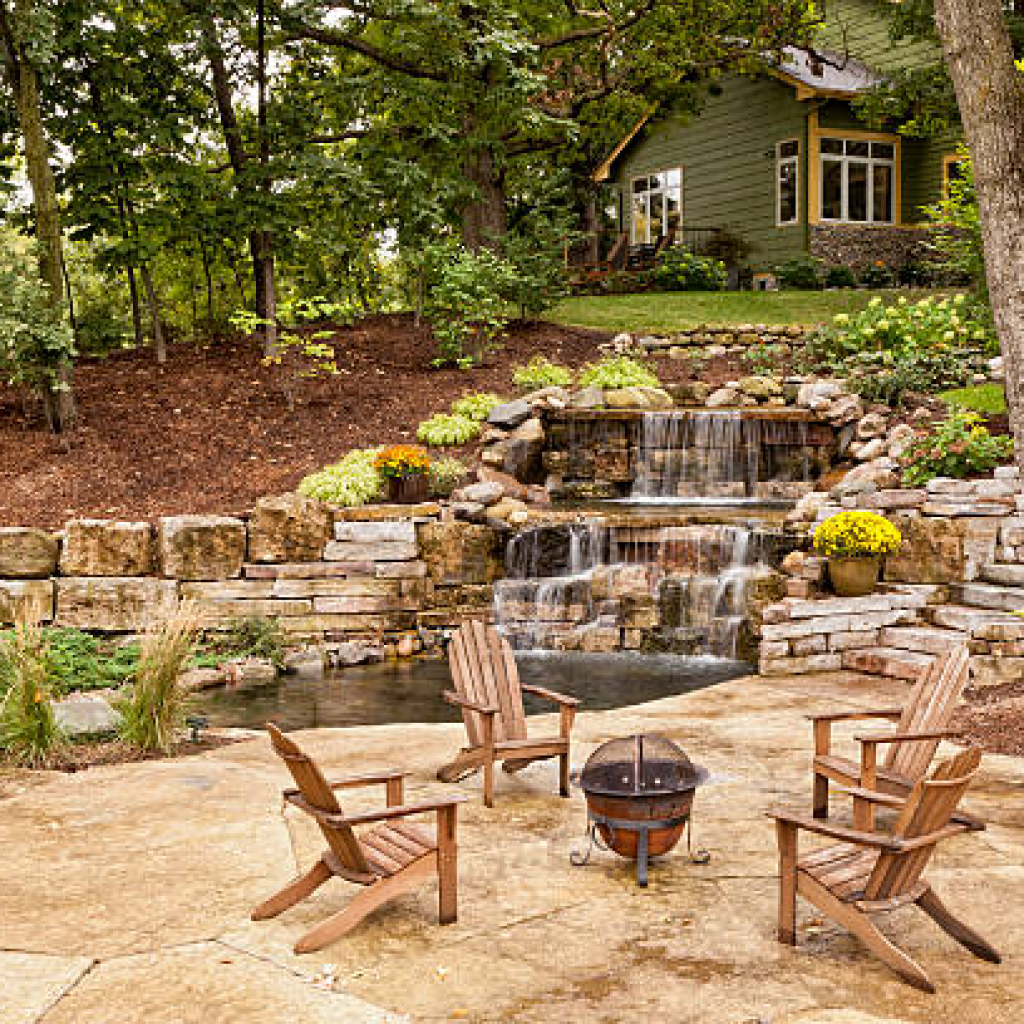How to Plan the Perfect Woodland Landscape Design?

Many people today are seeking out woodland settings in which to spend time. Homeowners can create the look of a lush forest in their own yards. You can transform even a small urban space into a serene, shady retreat with a properly planned landscape design. These designs offer privacy and help create a calming space for relaxing. This type of garden design is less formal than other types of landscapes. Here are some of the best tips for creating a functional woodland landscape design in your yard with the help of the best landscape contractor around you.
Woodland gardens mimic forests. The design is characterized by trees and larger shrubs that form a canopy along with layered plantings underneath. Woodland garden designs also include native plants and support beneficial insects, birds, soil organisms, and other wildlife to form a symbiotic ecosystem. You can hire landscaping design contractors in Sacramento to help you create a serene woodland garden.
Evaluate your site
Select an area in your yard to create your woodland retreat. Make sure you evaluate the space for light, drainage, and soil. It may have shade trees or be a clean space. Also, observe how light falls on the area at different times of the year. Woodland gardens usually receive shade or partial sun. deciduous trees shed their leaves in fall, thus allowing more light until they leave back out in spring. Also, please pay attention to the microclimates of the area as they can affect the growing conditions.
Research
You may look for ideas in books or on the Internet. Make sure you make a list of native plants and include a mix of shrubs, perennials, trees, ground covers, and bulbs. You may also include non-native plants. Go for plants with multi-seasonal attributes and varieties that will provide shelter, food, and nesting sites for wildlife.
Drawing the Design
The landscape designer will make a rough sketch of your woodland garden, which will include areas for hardscape, pathways, and seating and will also consider accessories like water features, containers, and statuary.
Design Principles for Woodland Gardens
Style: Remember that a woodland landscape is a less formal design for gardens. It includes natural woodland features that complement the surroundings. So, opt for natural materials for benches, paths, hardscaping, borders, and other accessories. You may use river rock and boulders rather than pavers or bricks. You can allow wooden gates and fences to fade for a weathered look and include a bubbler, pond, or birdbath.
Scale: Make sure that the landscape features are on scale with your home and yard. If you have a small urban space, you can go for a small bistro set. But if you have a spacious property, larger patio furniture is more appropriate.
Color: A woodland garden should have natural forest colors of brown, green, and blue for an organic and earthy feel. So, choose a muted color palette for furnishings and accessories that blend well with the surroundings. If you want to add bold colors, use them sparingly.
Conclusion
Overall, make sure that you keep the design simple, especially if you have limited space. You may feature a few key plants and repeat them throughout the yard to unify the pace. Remember that a busy design will reduce the serene ambiance of the landscape.
Featured Image Source: https://media.istockphoto.com/id/155388360/photo/perfect-backyard-landscaping.jpg?s=612×612&w=0&k=20&c=BeAod9bL6YWffJ2NBuORlwb9J6dzIbOYMqUsvcy34cA=




